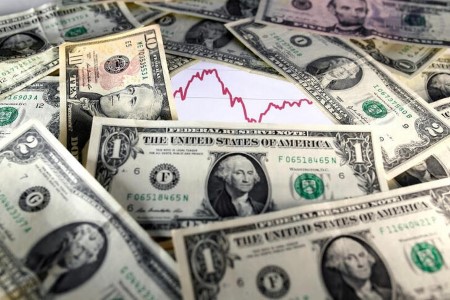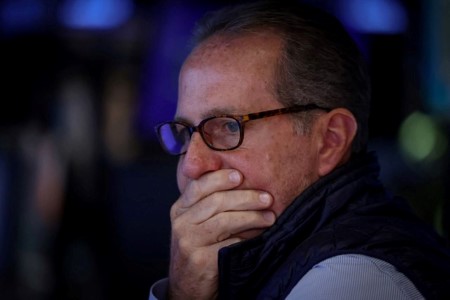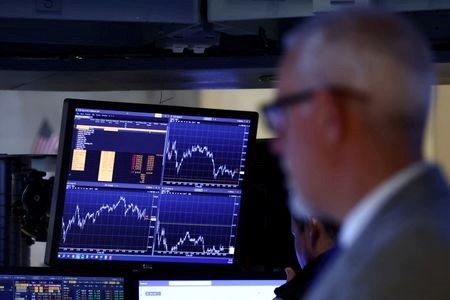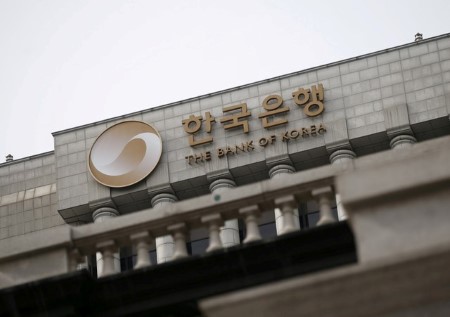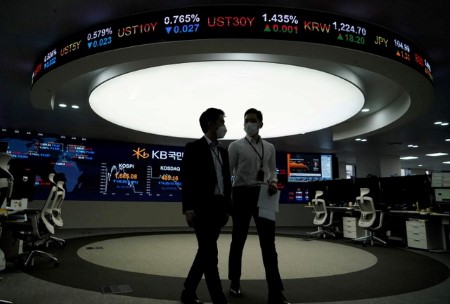Global investors made large investments in money market funds in the week to Oct. 9 driven by a push back in Federal Reserve rate cut expectations and caution over the Middle East conflict.
Investors also channelized capital into liquid money market funds as they awaited a much-anticipated update on Beijing’s stimulus measures this weekend.
According to LSEG data, global money market funds gained a net USD 24.55 billion worth of inflows during the week after witnessing about USD 22.78 billion of net purchases in the prior week.
Investors readjusted their views on future Fed rate cuts last week following a stronger-than-expected US nonfarm payrolls report for the last month, boosting demand for low-risk assets.
Asian money market funds saw a significant USD 12.88 billion inflow, the highest since Jan. 10. European and US funds also witnessed USD 7.78 billion and USD 2.54 billion worth of net purchases, respectively.
Demand for riskier equity funds, however, cooled as investors purchased just USD 3.65 billion of global equity funds compared with USD 35.97 billion of net acquisitions in the prior week.
Tech, financials, and metals and mining sector funds received a notable USD 572 million, USD 417 million and USD 148 million, respectively, while the healthcare sector suffered USD 520 million worth of net sales.
Overseas China equity funds attracted a sharp USD 8.52 billion, the biggest amount for a week since at least December 2020.
Global bond funds attracted investments for the 42nd consecutive week as investors pumped USD 12.43 billion into these funds.
Investors snapped up short-term bond funds of a net USD 2.16 billion following USD 3.3 billion of net sales a week ago. Government, high yield, and loan participation funds, meanwhile, experienced USD 1.96 billion, USD 906 million and USD 737 million worth of net purchases, respectively.
Gold and other precious metal funds retained their appeal for a ninth successive week, attracting about USD 780 million in inflows. Energy funds, however, saw a marginal outflow of USD 11 million.
Data covering 29,545 emerging market funds showed equity funds attracted a massive USD 8.55 billion, the largest amount since January 2021. Investors also purchased USD 1.76 billion of bond funds.
(Reporting by Gaurav Dogra; Editing by Mrigank Dhaniwala)







 DOWNLOAD
DOWNLOAD




